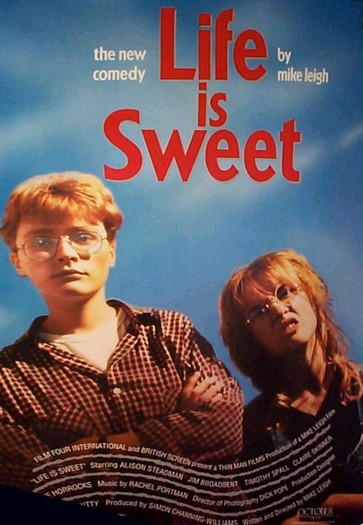A bored festival report that I did for Cinemaya, Winter 1991-1992. -– J.R.
The Chicago International Film Festival is now 27 years old, making it one of the oldest film festivals in the U.S. because its founder, Michael Kutza, has remained its director, it might be said to have retained its overall focus — or, in fact ,the lack of focus — since the beginning, which might be described as an emphasis on quantity rather than a discernible critical position. (Having moved to Chicago in 1987, I’ve been present only for the last five festivals, but local critics who have been around much longer assure me that it hasn’t gone through any radical changes.)
To cite one instance of what I mean, it is the only festival that comes to mind that has consciously and deliberately programmed bad films on occasion for their camp appeal. Certain other titles often appear to be picked at random, and the festival has at times shown enough inattentiveness to various year-long non-commercial film venues in Chicago to reprogram certain films that have already been shown at the Art Institute’s Film Center or Facets Multimedia Center.
One hundred and twenty features were scheduled at the festival in 1991, and while a few of these never turned up, there were still many more films shown over 15 days in mid-October than the critics knew what to do with. While some of the selections were of the highest quality — including Krzysztof Kieslowski’s The Double Life of Veronica, Mike Leigh’s Life is Sweet, Gus van Sant’s My Own Private Idaho, Chantal Akerman’s Nuit et jour, Jocelyn Moorehouse’s Proof, Barbara Kopple’s Oscar-winning American Dreams, and excellent retrospectives devoted to Hollywood films in Cinemascope, and Spanish films produced by Elias Querejeta (to cite only films that I saw) — many others seemed like sound choices because of the directors involved (Percy Adlon, Marco Bellochio, Jacques Doillon, Werner Herzog, Kon Ichikawa, Jiri Menzel, Satyajit Ray, Raul Ruiz, Jerzy Skolimowski, and Rob Tregenza). The aforementioned films only account for about one fourth of the total, so there was a real danger of them getting lost in the shuffle.
Among the Asian films in last year’s program were Fraternity from the People’s Republic of China; Shanghai 1920 from Hong Kong; Shakha Proshakha (Branches of a Tree), Mati Manas (Mind of CIay), and Agantuk (The Stranger) from India; Noh Mask Murderers and Skinless Nights from Japan; and Geutdeuldo Woolichorum (The Black Republic) from Korea. I saw Shanghai 1920 afterwards at another festival, and it strikes me that as a somewhat overblown gangster epic,
Leong Po-Chih’s feature is less representative of the best that the Hong Kong New Wave currently has to offer than A Fei Zhengzhuan (Days of Being Wild) or Ruan Lingyu. With luck and perspicacity, either or both of these features may premiere locally at the Chicago Festival in 1992 — that is, if they haven’t already turned up at the Film Center, the best local forum by far.


